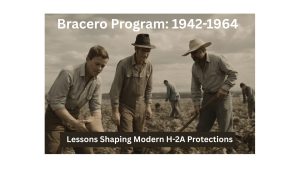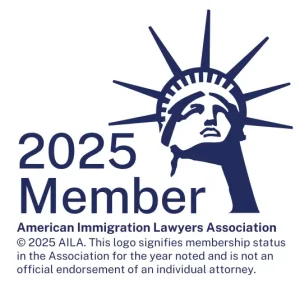As a Montana immigration lawyer since 1996, I’ve guided countless ag employers through H-2A visas. But to understand today’s strict rules—like bonds for labor contractors—look back to the Bracero Program (1942-1964). This WWII-era initiative brought over 4.6 million Mexican workers to U.S. farms, filling labor gaps amid war shortages.
It started strong: Railroads transported “braceros” (arm workers) under bilateral agreements, promising fair wages, housing, and transport. Montana saw braceros in sugar beet fields near Billings.
But abuses mounted. Contractors skimmed wages, provided squalid camps, and charged illegal fees. Workers faced discrimination, pesticide exposure without protection, and deportation for complaints. By the 1950s, scandals erupted—Congressional hearings revealed debt peonage and blacklisting.
Public outcry, led by unions and civil rights groups, ended Bracero in 1964. It paved the way for the 1983 MSPA and modern H-2A safeguards: No recruitment fees, inspected housing, prevailing wages (Montana’s 2025 AEWR: $18.67/hour), and contractor bonding.
These aren’t burdens—they prevent exploitation. In Montana’s remote ranches, they ensure South African and Mexican workers thrive, boosting your operations ethically.
Questions on applying Bracero lessons to your H-2A filing? We’re here.

